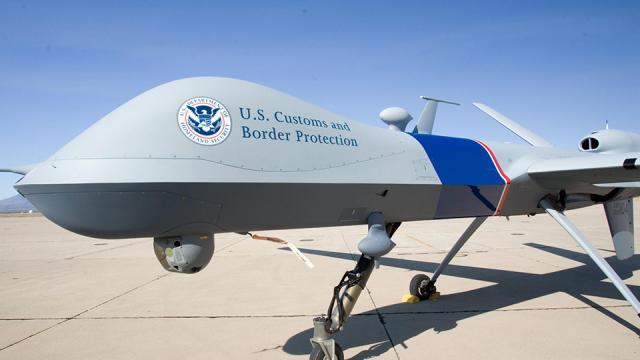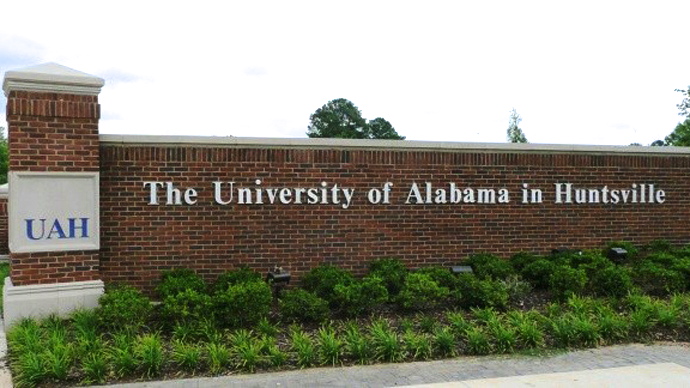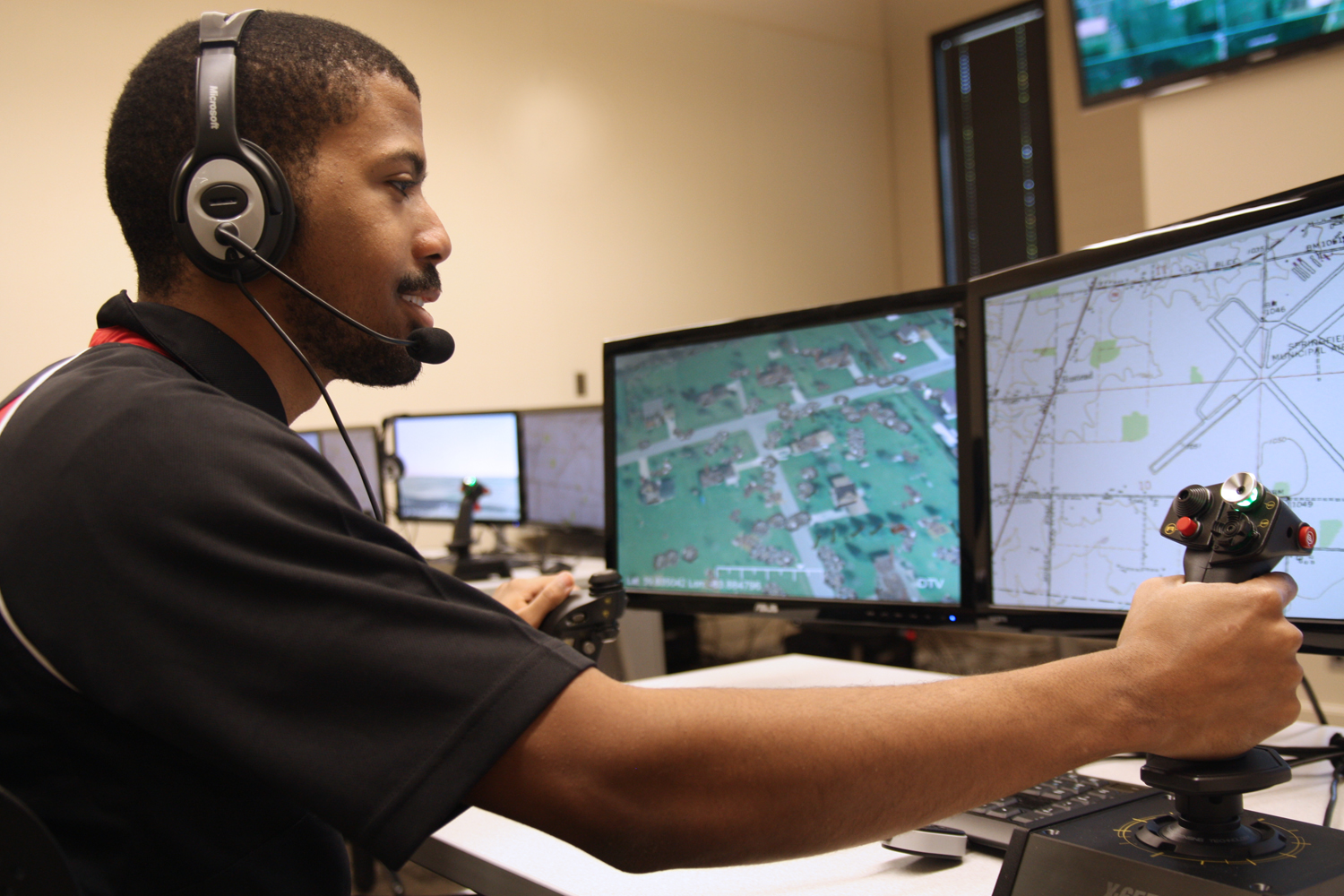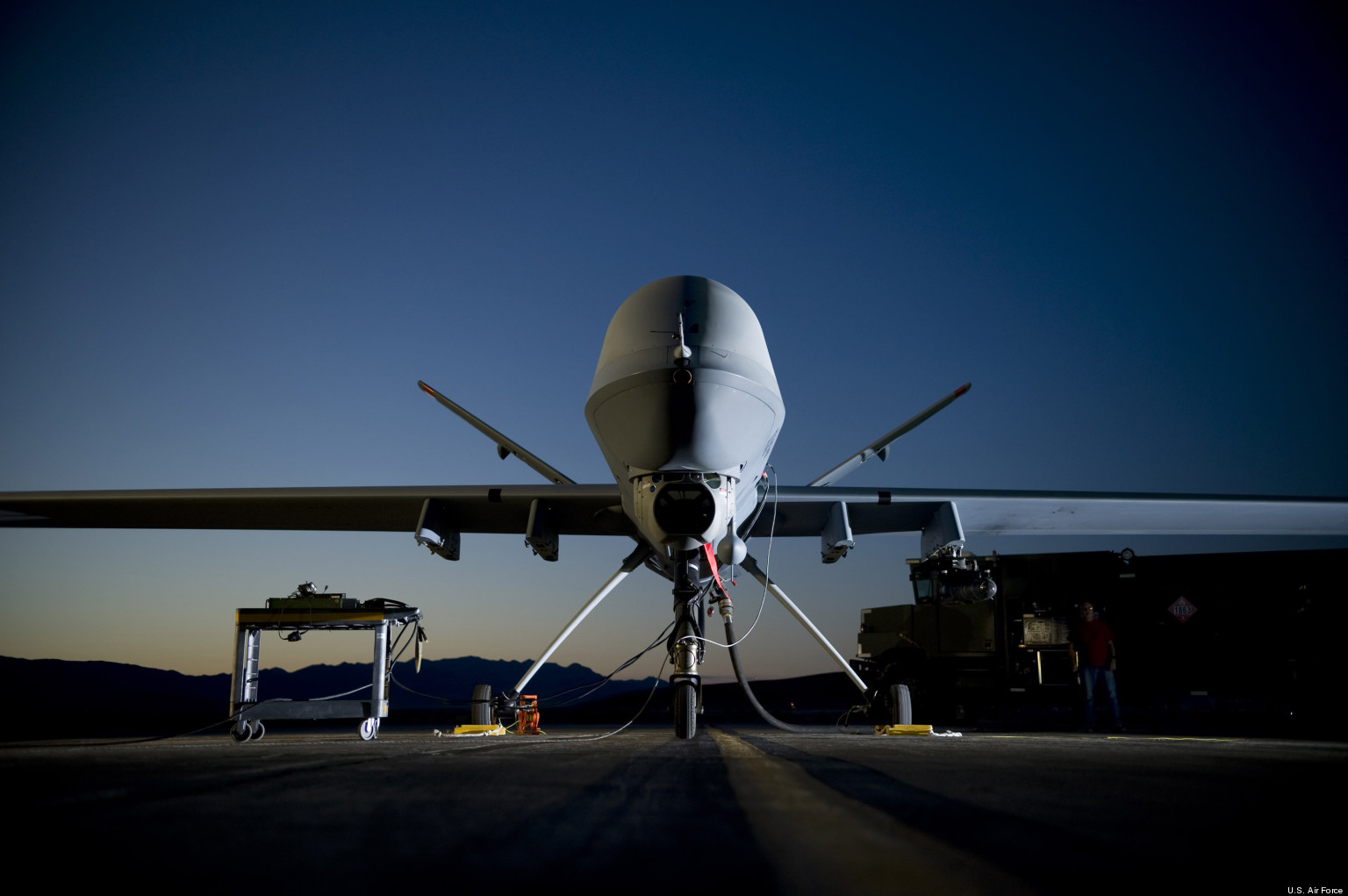
Last week the University of Alabama in Huntsville (UAH) announced that the school would be using drones to assist campus police in maintaining a safe campus environment. While drone usage on college campuses has not received much attention, there are at least 25 universities in the U.S. that have been approved by the Federal Aviation Administration to fly drones in U.S. airspace.
Dr. Gary A. Maddux is the director of the Systems Management and Production Center (SMAP) group that partnered with the UAH campus police to provide the drone technology. According to its website, SMAP was established in 1988 to provide expertise, leadership and support to the U.S. Army, NASA and other government agencies, along with private sector organizations.
During a news conference, Maddux said the mass shooting last December at Sandy Hook Elementary in Connecticut pushed his team to complete the project sooner.
“We just want to be able to make a difference and we want to make a difference quickly and come up with something to help law enforcement,” Maddux said. “That’s what it’s all about — improving response times so maybe we could mitigate the next tragedy that could occur.”Specifics on how the technology will be used to prevent criminal activity or improve police response time were not discussed, but as other schools with approved drone usage have demonstrated, the possible uses for the technology seem endless.
At Georgia Tech’s Research Institute, projects involving drones include noise-reduction technology and the ability to control drones with smartphones. Elsewhere in Georgia, Middle Georgia State College is test flying drones over the town of Eastman powered by a $1 million-plus dollar grant from NASA. Students at Kansas State University are developing — with the help of the National Guard — drones to survey towns hit by natural disasters, such as tornadoes. Agricultural issues such as weed encroachment are a focus for students developing drones to help with “precision agriculture” at Middle Tennessee State University.
The drone technology only will be used on the university campus initially. Depending on the program’s success, the program may expand to help protect K-12 school systems — unless the Alabama state legislature passes a bill that would make it necessary for law enforcement to obtain a warrant before using a drone. In the words of one state senator, the requirement of a warrant would prevent “unmanned drones just flying around looking for stuff.”
Michael Snellgrove, chief of campus police at UAH, released a statement about the new drone program saying the UAH Police Department is pleased about the drone program and “is exploring realistic and effective uses for small UAVs [unmanned aerial vehicles] in day-to-day law-enforcement and security operations on the campus.” The statement goes on:
“We believe the technology may be incredibly useful and offers us a wide range of possible applications. We intend to review these applications and look for every possible way to take advantage of the available technology. Ultimately, our objective is to enhance our ability to make UAH an even more secure place to study, live, work and visit.”
Privacy, Cost and Other Concerns
News about the program was exciting for some, but others have raised concern about privacy violations, since the drones at UAH will be equipped with small spotlights, infrared cameras and video cameras.
Maddux responded to those concerns by saying that while the technology is similar, the drones on the UAH campus will not be as advanced as military drones and only will be able to fly 400 feet high. He also compared the drones to fixed video surveillance cameras.
“Obviously, we’re going to be very cognizant of any privacy issues for students,” Maddux said. “You can’t be flying your drone and look inside a dorm window. But you couldn’t do that if you were stationary or over in this building and had a line of sight to look in dorm window. It’s the same basic rules.”
As Mint Press News previously reported, some cities have taken it upon themselves to ban drones until citizens privacy and constitutional rights are guaranteed.
“There are certainly appropriate uses for drones, but this evolving technology needs to be balanced with the rights of the public to not have public agencies or private citizens use this equipment to violate our Constitutional protections,” Minnesota Sen. David J. Osmek said.
Another source of contention for some is the cost. As colleges and universities across the U.S. struggle to make higher education affordable, students across the nation are suffering from massive amounts of student debt, prompting some to ask why a school would spend money on a technology like this.
“It’s not terribly costly,” Maddux said. “We have focused on keeping things cheap. We’re using a lot of off-the-shelf software. Many of the UAVs we have utilized to do great things and used as a platform are things that a hobbyist would be buying. Some of our best UAVs are $600-$700. This is not an outlandish expense — especially with some of the solutions that have been proposed. This is really quite inexpensive.”
In addition to UAH campus police and SMAP researchers, the drone technology program is being worked on by students as well. Since the widespread emergence of drone usage, many universities have created curricula on unmanned aviation technology. Many of these programs are funded by the U.S military and leading defense contractors.
Many lobbying dollars spent in favor of drones come from defense industry giants like Northrop Grumman, but universities and cities have also spent money on drone-related legislation and regulations. The Unmanned Systems Caucus or “Drone Caucus” has become increasingly important in Washington, as the government looks to use the technology more and more.
Originally published by MintPress News.
3 WAYS TO SHOW YOUR SUPPORT
- Log in to post comments















